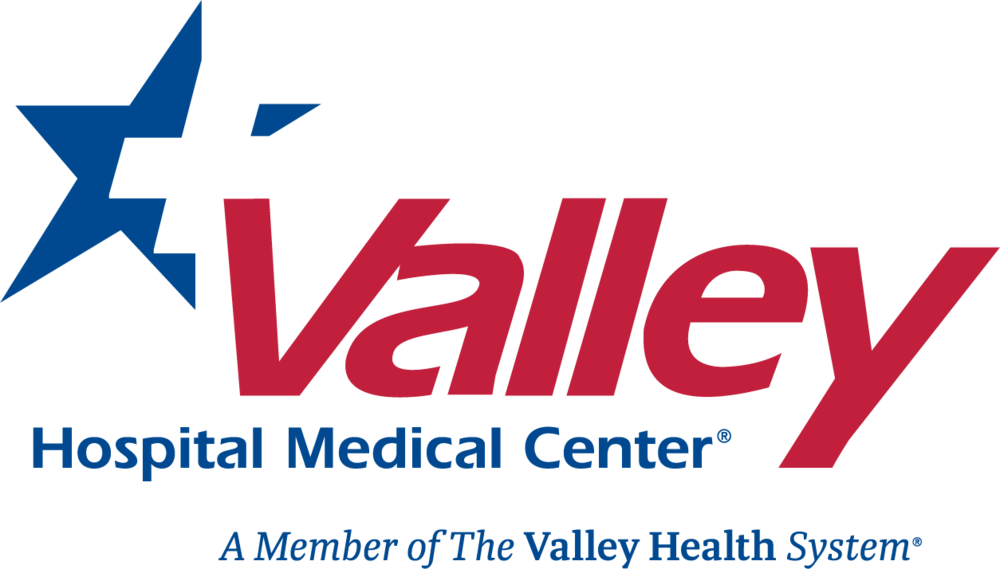Diagnosing and Treating Atrial Fibrillation
Atrial fibrillation (Afib) is the most common cardiac arrhythmia and affects more than two million Americans. Although Afib can affect younger people, it is more common in people over the age of 60 and the risk of developing it increases with age. In developed countries, the number of patients with Afib is likely to increase over the next 50 years because of the growing proportion of older people.
Atrial fibrillation is caused by abnormal electrical pathways in the heart and usually involves a rapid heart rate in which the upper heart chambers (atria) contract in a disorganized manner. In other words, the atria quiver rather than beat effectively.
Risk Factors
- Hyperthyroidism
- Hypertension (high blood pressure)
- Hypertrophic cardiomyopathy
- Heavy alcohol use
- Recent cardiac surgery
- Mitral valve disease
- Pericarditis
- Age (higher occurrence in patients older than 60 years of age)
- Coronary artery disease
- Pulmonary diseases
- Congenital heart disease
- Valvular heart disease
- Wolff-Parkinson-White Syndrome
Detection and Diagnosis
Following are some of the signs of possible atrial fibrillation:
- Pulse may feel rapid, pounding, fluttering, or it can feel too slow
- Dizziness, light-headedness
- Fainting
- Fatigue
- Shortness of breath
- Sensation of tightness in the chest
When a patient shows a number of signs, or has risk factors, the following tests are used to screen for Afib:
Electrocardiogram (EKG)
A noninvasive and inexpensive diagnostic test that records the electrical activity of the heart over time. Characteristic findings of Afib include absence of P waves, unorganized electrical activity in their place and irregularity of the R-R interval due to irregular conduction of impulses to the ventricles.
Exercise Electrocardiography
A stress test used to test a patient’s heart and to identify rhythm disturbances during exercise. The test gives a general sense of how healthy the heart is and screens for CAD.
Treatment Options
Several treatment options are available for atrial fibrillation:
Rate Control
This treatment method seeks to reduce the heart rate to normal range (about 60 to 100 beats per minute) and is more commonly used to treat chronic Afib. Rate control medications include betablockers, cardiac glycosides and calcium channel blockers. These medications work by slowing the conduction of impulses from the atria to the ventricles.
Rhythm Control
The goal of this procedure is to restore normal heart rhythm. Rhythm control strategy may include electrical cardioversion (restoration of the normal heart rhythm through application of a DC electrical shock) or chemical cardioversion (performed with drugs). However, cardioversion should not be performed without adequate anticoagulation in patients who have been in Afib for more than 48 hours.
Catheter Ablation
This is a nonsurgical procedure, so recovery time is minimal and other surgical risks are avoided. An MRI or CT scan is completed before the ablation procedure is begun so that doctors have an accurate picture of the heart structure and size. During the ablation procedure, catheters (thin wires) are threaded through a blood vessel in the groin and up to the heart. The CT or MRI image is aligned with a three-dimensional (3-D) map of the heart using a 3-D mapping system and intracardiac echo.
An intracardiac echo helps ensure safety and creates a roadmap for the Afib ablation procedure. The precision of this procedure reduces the incidences of short and long-term complications. Doctors apply radiofrequency energy to the target areas to destroy the abnormal electrical pathways.

